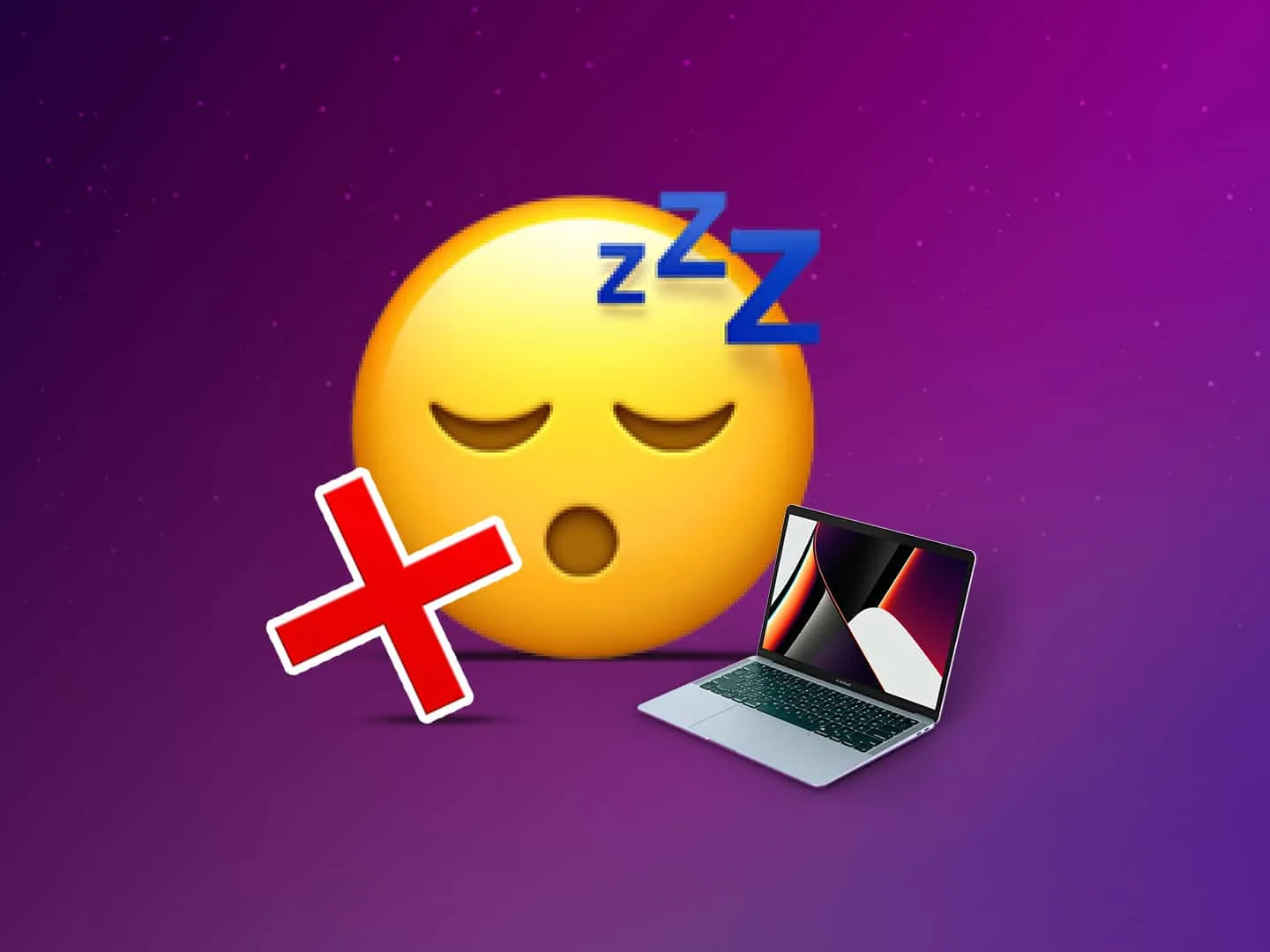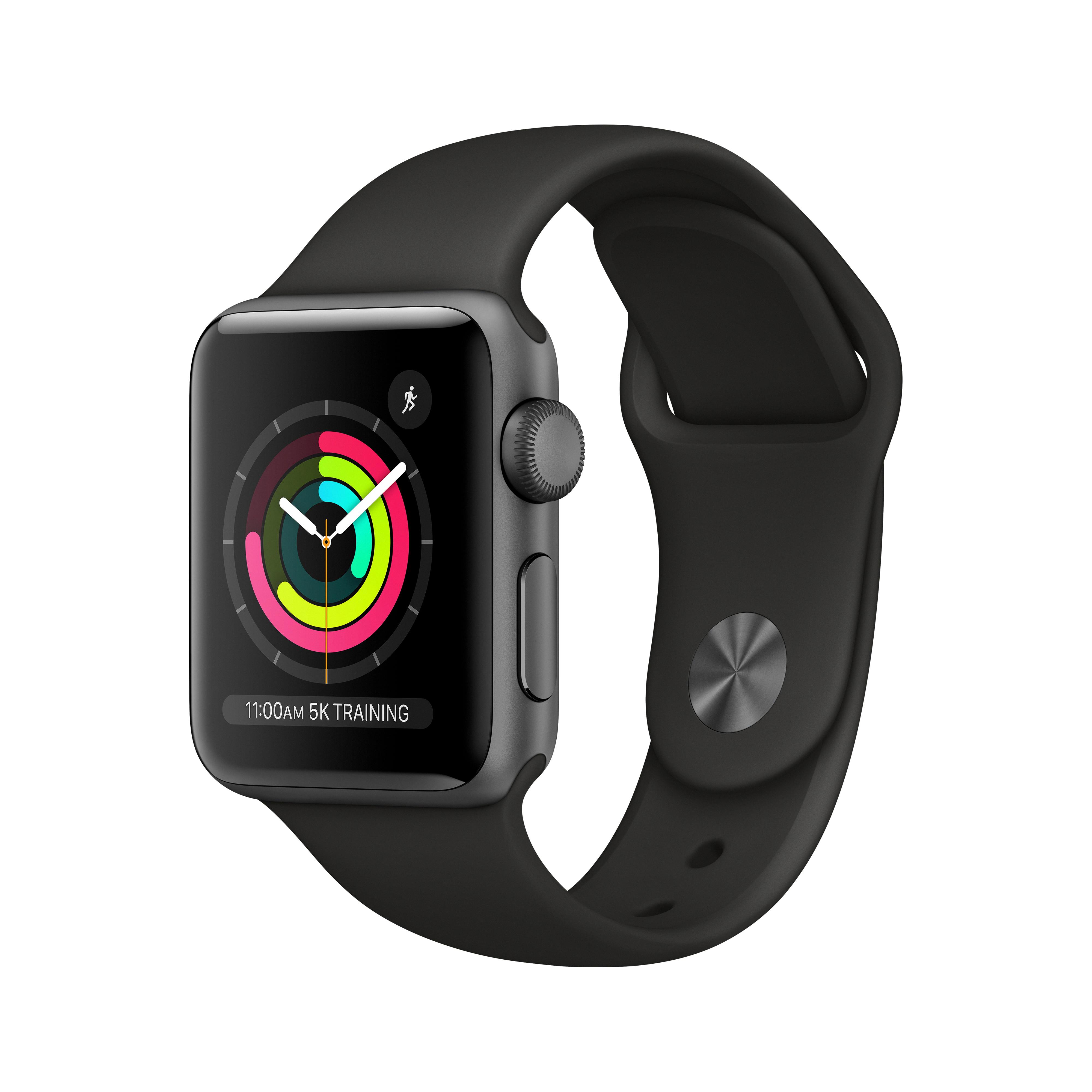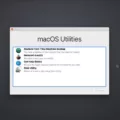The Mac is a powerful and reliable computer that provides a seamless user experience. However, there may be instances when your Mac refuses to go to sleep, causing frustration and inconvenience. In this article, we will explore the various reasons why your Mac may not be going to sleep and provide step-by-step instructions on how to reset the sleep-related settings to resolve the issue.
Firstly, let’s understand why your Mac might not be going to sleep. One possible reason is that certain settings in the Energy Saver preferences may be preventing automatic sleep. To rectify this, follow these steps:
1. Open the Apple menu located at the top-left corner of your screen.
2. Select “System Preferences” from the dropdown menu.
3. In the System Preferences window, click on “Energy Saver.”
4. Navigate to the “Power Updater” tab.
5. Uncheck the option that says “Prevent computer from sleeping automatically when the display is off.”
6. Check the box that says “Put hard disks to sleep when possible.”
7. Uncheck the option that says “Wake for Wi-Fi network access.”
By following these steps, you ensure that your Mac will no longer be prevented from going to sleep automatically when the display is off.
Now, let’s discuss how you can put your Mac to sleep manually. There are several ways to do this:
1. Choose the Apple menu located at the top-left corner of your screen and select “Sleep” from the dropdown menu.
2. If you are using a Mac laptop, simply close the display, and your Mac will go to sleep.
3. If your keyboard has the option, you can press the Option-Command-Media Eject key to put your Mac to sleep.
Additionally, if you have a Mac with a Touch Bar, you can customize it to include a Sleep button in the Control Strip for easy access.
It is worth noting that there are certain activities that can wake your Mac from sleep. These include network activity that utilizes the Wake on Demand feature, such as iTunes sharing, photo sharing, printer sharing, file sharing, and Back to My Mac. Enhanced notifications from FaceTime, Messages, and other apps and services can also wake your Mac. To prevent your Mac from waking for network access, follow these steps:
1. Click on “Battery” in the sidebar of the Energy Saver preferences (you may need to scroll down to find it).
2. Click on “Options” located on the right side.
3. Next to “Wake for network access,” select “Never” from the dropdown menu.
By following these instructions, you can ensure that your Mac will not be awakened by network activity, allowing it to remain in sleep mode undisturbed.
If you’re experiencing issues with your Mac not going to sleep, adjusting the sleep-related settings can often resolve the problem. By following the steps outlined in this article, you can reset the sleep-related settings on your Mac and regain control over its sleep behavior. Remember to save your work before putting your Mac to sleep to avoid data loss.

Why Does Your Mac Not Go to Sleep When You Close It?
There could be several reasons why your Mac is not going to sleep when you close it. Here are some possible explanations:
1. Energy Saver settings: Check your Energy Saver preferences to ensure that the “Put the computer to sleep when it is inactive for” option is set to a reasonable time period. If this setting is too long, your Mac may not go to sleep automatically when you close it.
2. Power adapter connection: If your Mac is connected to a power adapter, it may not go to sleep when you close it. This is because the power adapter is providing continuous power, preventing the Mac from entering sleep mode.
3. Wake-on-LAN: Wake-on-LAN is a feature that allows your Mac to wake up from sleep mode when it receives a network signal. If this feature is enabled, your Mac may not go to sleep when you close it, as it is waiting for potential wake-up signals.
4. Network activity: If your Mac is actively downloading or uploading data, it may not go to sleep when you close it. Check for any background processes or applications that may be using the network and preventing sleep mode.
5. Software issues: Occasionally, software issues or conflicts can prevent your Mac from entering sleep mode. Try restarting your Mac or updating your operating system to see if it resolves the issue.
6. Hardware issues: In rare cases, hardware issues such as a faulty sensor or power management unit (PMU) can prevent your Mac from going to sleep when you close it. If none of the above solutions work, it may be worth contacting Apple support or taking your Mac to an authorized service center for further investigation.
Remember, these are just possible explanations, and the actual cause may vary depending on your specific Mac model and configuration.
How Do You Force Your Mac to Sleep?
To initiate sleep mode on your Mac, you can utilize any of the following methods:
1. Click on the Apple menu situated at the top-left corner of your screen and select “Sleep” from the drop-down menu. This action will put your Mac into sleep mode.
2. If you are using a MacBook, you can simply close the display to trigger sleep mode. When you close the lid, your Mac will automatically go to sleep.
3. Some Mac keyboards come equipped with a specific sleep button. If your keyboard has this button, you can press it to force your Mac into sleep mode. This button is often denoted by a symbol resembling a crescent moon or a power icon.
4. On MacBooks with a Touch Bar, you have the option to customize the Control Strip. By adding the Sleep button to the Control Strip, you can easily put your Mac to sleep by tapping on the Sleep button.
Remember, putting your Mac to sleep is different from shutting it down. When your Mac is in sleep mode, it conserves power but remains ready to quickly resume your work when you wake it up.
Why Does Your iMAC Keep Lighting Up?
There are a few reasons why your iMac might keep lighting up. Here are some possible explanations:
1. Network Activity: Your iMac may wake up due to network activity that utilizes the Wake on Demand feature. This includes activities such as iTunes sharing, photo sharing, printer sharing, file sharing, and using Back to My Mac.
2. Notifications: Enhanced notifications from apps like FaceTime and Messages can also cause your iMac to light up. These notifications are designed to grab your attention and may cause your screen to wake up.
It is important to note that these activities are not necessarily indicative of a problem with your iMac. They are simply features that are designed to provide you with a seamless and convenient user experience.
If you find the frequent lighting up of your iMac to be disruptive or unwanted, you can adjust the settings to minimize these occurrences. For example, you can disable certain network sharing features or adjust notification settings to reduce the frequency of alerts.
Ultimately, the lighting up of your iMac is a normal function and is not typically a cause for concern. However, if you are experiencing other issues or if the lighting up is accompanied by unusual behavior, it may be worth contacting Apple Support for further assistance.
How Do You Get Rid Of Wake Up On Your Mac?
To disable the wake-up feature on your Mac, follow these steps:
1. Click on the Apple menu in the top-left corner of your screen and select “System Preferences.”
2. In the System Preferences window, click on “Energy Saver.”
3. In the Energy Saver preferences, click on the “Battery” tab (if you are using a MacBook) or the “Power Adapter” tab (if you are using a desktop Mac).
4. Look for the option “Wake for network access” and click on the drop-down menu next to it.
5. From the drop-down menu, choose “Never” to disable the wake-up feature completely.
6. Close the Energy Saver preferences window.
By following these steps, you will prevent your Mac from waking up when there is network activity. This can be useful if you want to conserve battery power on a MacBook or if you don’t want your Mac to wake up unnecessarily when connected to a network.
Conclusion
Mac offers a range of sleep-related settings that allow users to customize their sleep preferences according to their needs. By accessing the Energy Saver settings in System Preferences, users can adjust various options such as preventing the computer from sleeping when the display is off, putting hard disks to sleep when possible, and waking for Wi-Fi network access. These settings provide flexibility for users to control the sleep behavior of their Mac.
Additionally, Mac provides multiple ways to put the computer to sleep, including selecting the Sleep option from the Apple menu, closing the display on a Mac laptop, or using keyboard shortcuts. Users can also add the Sleep button to the Touch Bar on Macs that have this feature.
It’s worth noting that Mac may wake up for certain activities, such as network activity that utilizes the Wake on Demand feature or enhanced notifications from apps like FaceTime and Messages. However, users can disable wake for network access by going to the Battery settings and choosing the “Never” option from the Wake for network access menu.
Mac offers a user-friendly interface and customizable sleep settings that allow users to optimize their computer’s sleep behavior to suit their preferences. With these options, users can ensure their Mac stays in sleep mode when desired and wakes up only for necessary activities, providing an efficient and personalized user experience.













